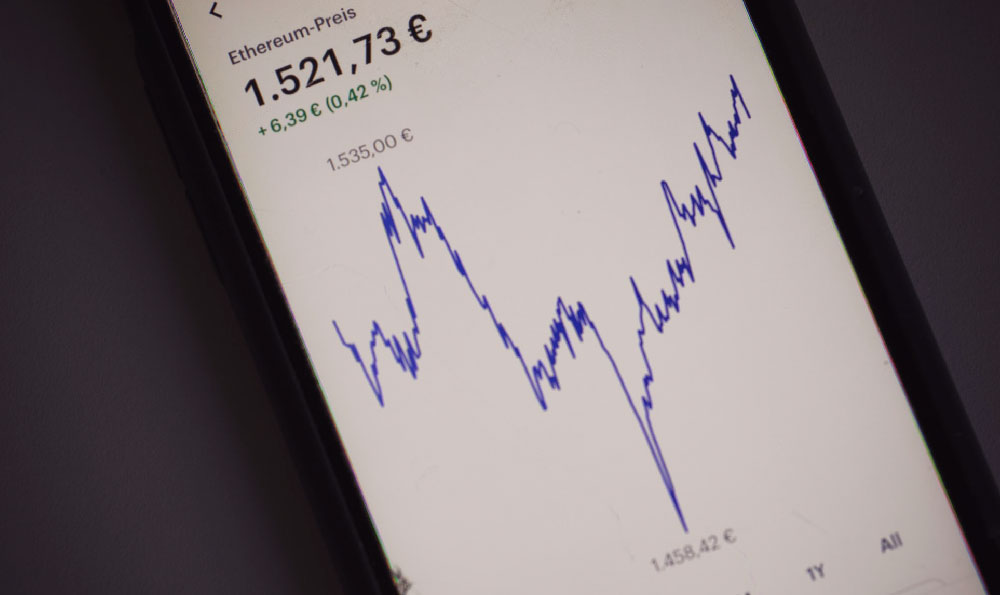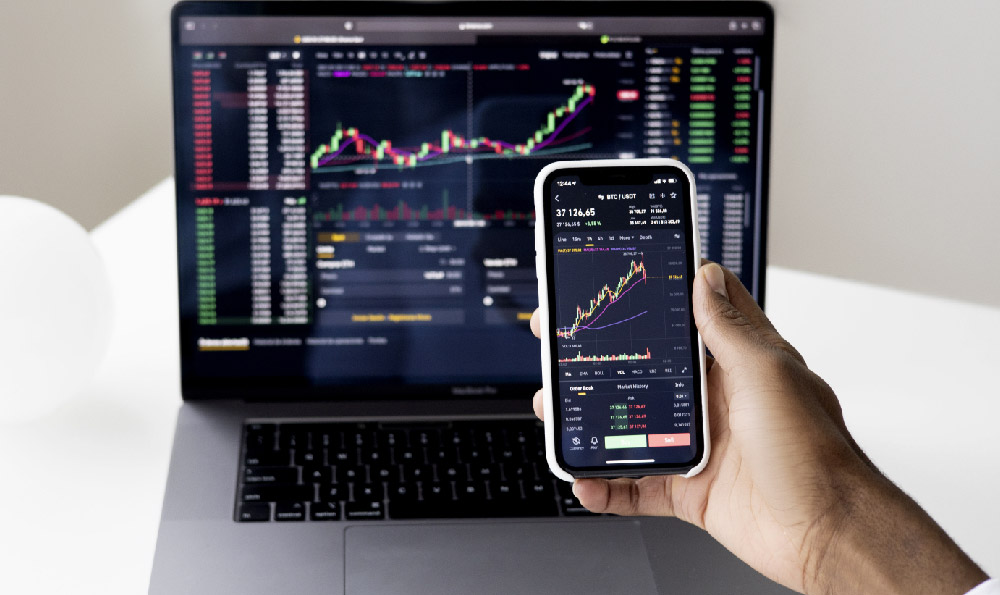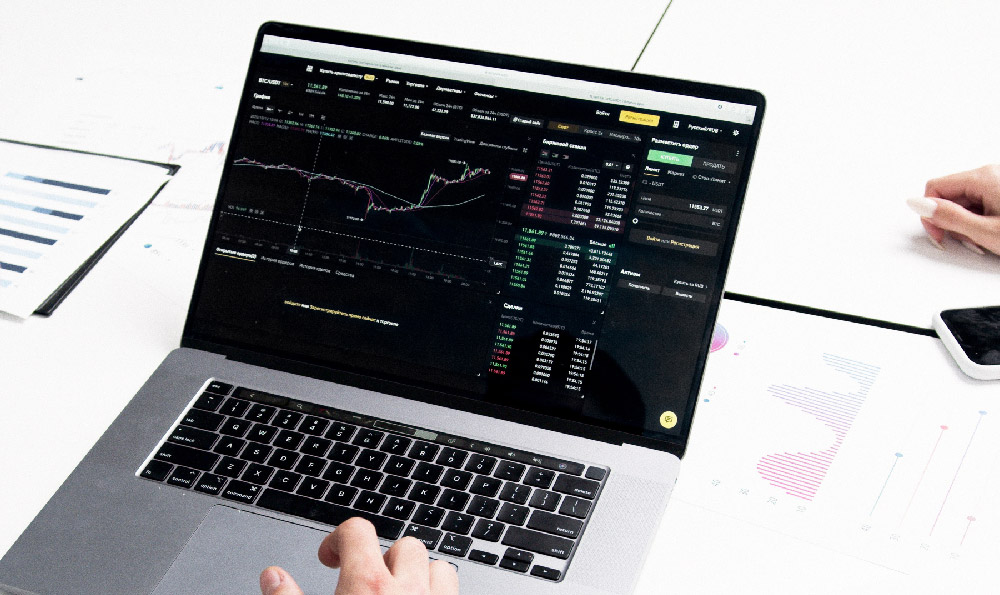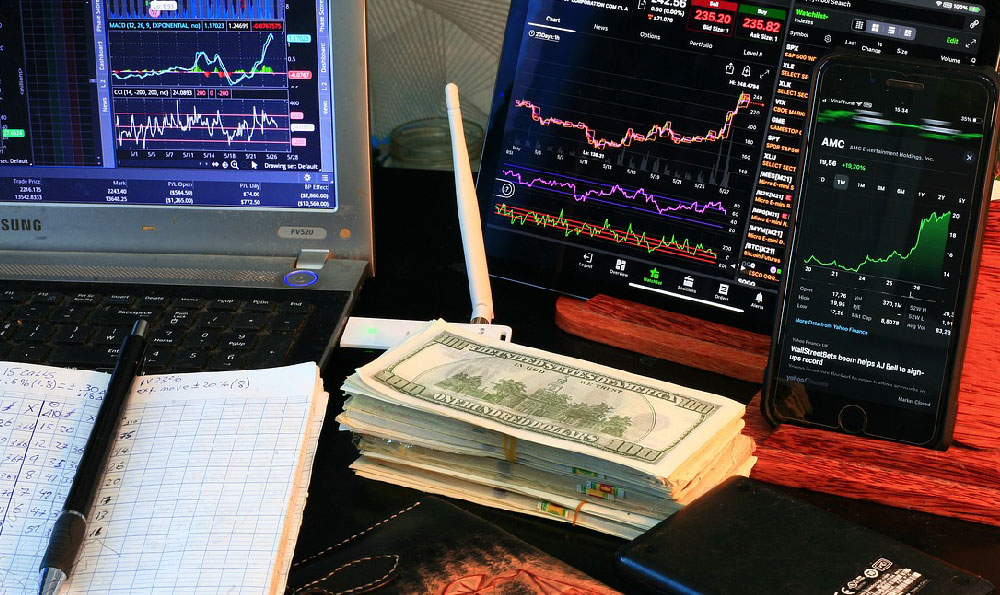Day trading, the practice of buying and selling financial instruments within a single trading day, has long captivated investors with the promise of quick profits and active market participation. For many, it represents an avenue to leverage market fluctuations, capitalize on short-term opportunities, and maintain a dynamic connection with the financial world. Yet, beneath this appealing facade lies a complex interplay of skill, strategy, and risk that demands careful consideration. The question of whether day traders can make money isn’t a simple yes or no; rather, it hinges on factors such as market conditions, individual expertise, and the adherence to well-structured approaches. To navigate this terrain effectively, one must first understand the mechanics of day trading, the conditions under which it thrives, and the pitfalls that often accompany it.
The potential for profit in day trading stems from the ability to exploit price movements in highly liquid markets, where opportunities to buy low and sell high can arise frequently. In markets like equities, futures, or cryptocurrencies, prices often fluctuate due to a combination of macroeconomic trends, investor sentiment, and news events. Skilled day traders can identify these shifts by analyzing technical indicators—such as moving averages, RSI, or volume patterns—or by interpreting macroeconomic data that influences asset prices. The key lies in recognizing patterns that signal potential price reversals or continuation trends, often before they become apparent to the broader market. However, this potential is not guaranteed; it requires a deep understanding of market mechanics, the ability to interpret signals accurately, and the discipline to act on them without emotional interference.
Despite its allure, day trading is fraught with challenges that can erode profits or lead to substantial losses. The primary obstacle is the inherent volatility of financial markets, which can create opportunities but also amplify risks. For instance, a sudden market crash or unexpected news event may cause rapid price swings, leaving traders exposed to significant drawdowns if they lack robust risk management protocols. Additionally, the psychological toll of constant decision-making cannot be overlooked. Day traders are often thrust into high-pressure environments where every trade carries the weight of potential gains or losses. This can lead to impulsive decisions, overtrading, or the inability to walk away from a losing position—which are common contributors to long-term failure in the field.

Success in day trading is not solely dependent on market timing or technical analysis; it also requires a well-defined strategy that aligns with an individual’s risk tolerance and financial goals. For example, some traders thrive in the fast-paced environment of high-frequency trading, relying on algorithms to execute multiple trades within seconds, while others prefer more discretionary approaches, such as identifying intraday trends through chart patterns or news-related volatility. The most sustainable strategies often combine elements of both, focusing on high-probability setups while maintaining strict discipline to limit exposure. It is also critical to consider the time horizon: while day trading offers the potential for immediate returns, it typically demands more time and effort compared to long-term investing. Traders must be prepared to dedicate hours daily to monitoring markets, analyzing data, and refining their approach, which can be a significant challenge for those with competing priorities.
The profitability of day trading is further influenced by the broader market environment. In bull markets, where asset prices are generally rising, day traders may enjoy favorable conditions as trends persist and volatility remains contained. However, in bear markets or periods of uncertainty, where prices fluctuate erratically and liquidity dries up, the same strategies may falter. For instance, during a market crash, the rapid decline in prices can overwhelm inexperienced traders, leading to panic selling and substantial losses. Conversely, in markets with stable trends, such as those influenced by strong earnings reports or geopolitical stability, day traders may find more consistent opportunities to profit. Understanding these dynamics and adapting strategies accordingly is essential for navigating the ebb and flow of the financial markets.
A critical factor in day trading success is the implementation of rigorous risk management practices. Every trade should be approached with a clear plan that includes predefined entry and exit points, as well as stop-loss mechanisms to protect capital from adverse price movements. For example, a trader might set a stop-loss order at a specific level to limit losses if a trade moves against them, ensuring that no single loss can derail their overall strategy. Additionally, maintaining a disciplined approach to position sizing is vital; overexposing oneself to a single trade can magnify both gains and losses, potentially leading to financial distress. Successful day traders often adhere to strict rules, such as never risking more than a small percentage of their capital on any single trade, which helps preserve capital and sustain long-term profitability.
Beyond technical and strategic considerations, the psychological aspects of day trading play a pivotal role in determining outcomes. Discipline is paramount, as the temptation to chase losses or overtrade can erode profits over time. Emotionally driven trading often leads to poor decision-making, such as buying at market highs or selling at market lows, which can significantly impact returns. Furthermore, the ability to manage stress and maintain composure during volatile market conditions is crucial. For instance, a trader who remains calm during unexpected price swings is more likely to adhere to their plan than one who succumbs to fear or greed. Building mental resilience through practice, simulation, and experience can help traders navigate the unpredictable nature of the markets with greater confidence.
Ultimately, the path to profitability in day trading is not a short one. It requires continuous learning, adaptability, and the ability to refine one’s approach based on market conditions. While some traders may achieve consistent returns through disciplined strategies, others may struggle to reconcile the high risk of losses with the potential for gains. The financial markets offer no guarantees, and day trading is no exception. However, for those who are willing to invest the time, effort, and resources into mastering the craft, it can serve as a viable avenue to build wealth and achieve financial independence. The key, as with any investment endeavor, lies in balancing ambition with caution, and ensuring that decisions are guided by logic, strategy, and a deep understanding of market dynamics.












